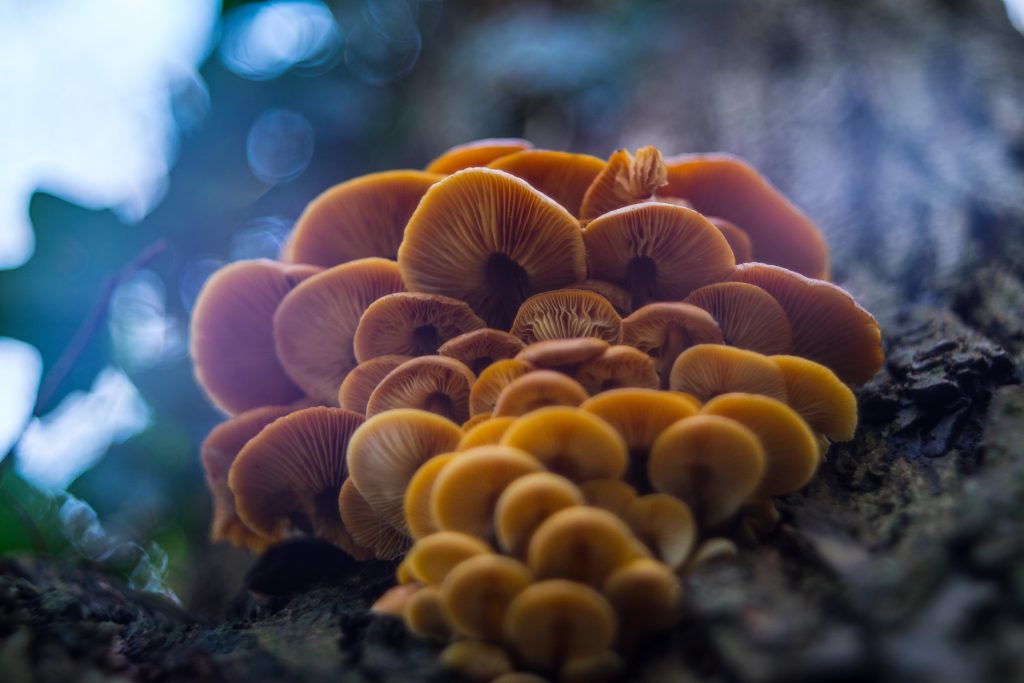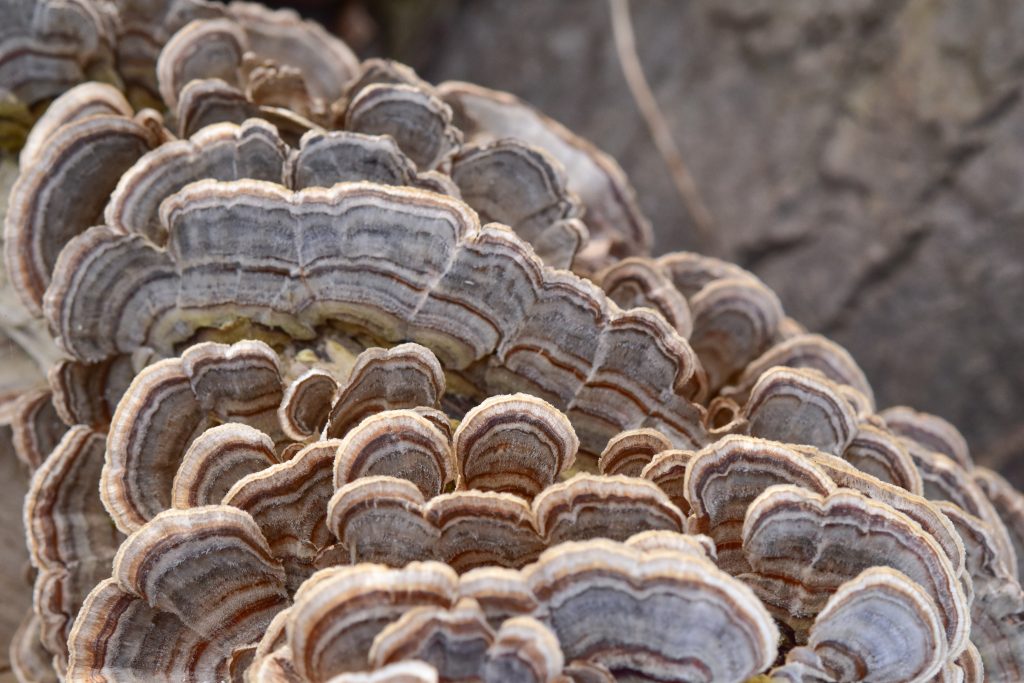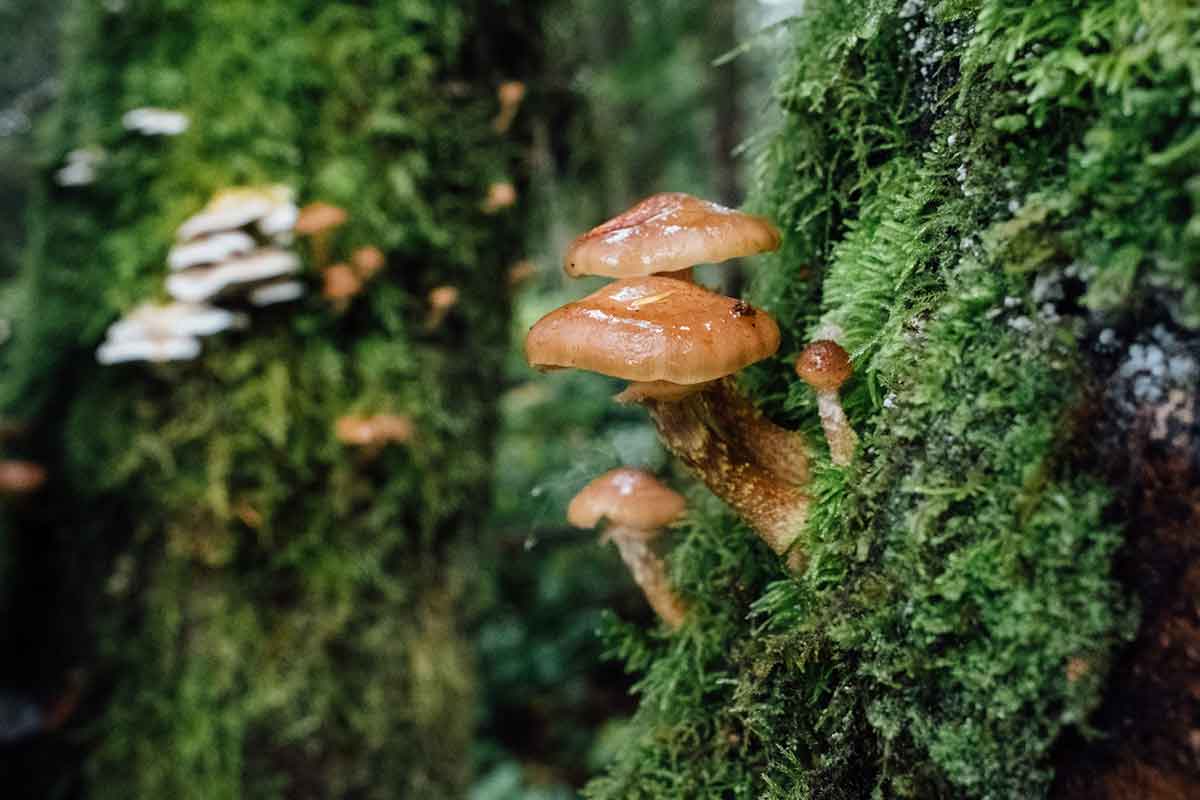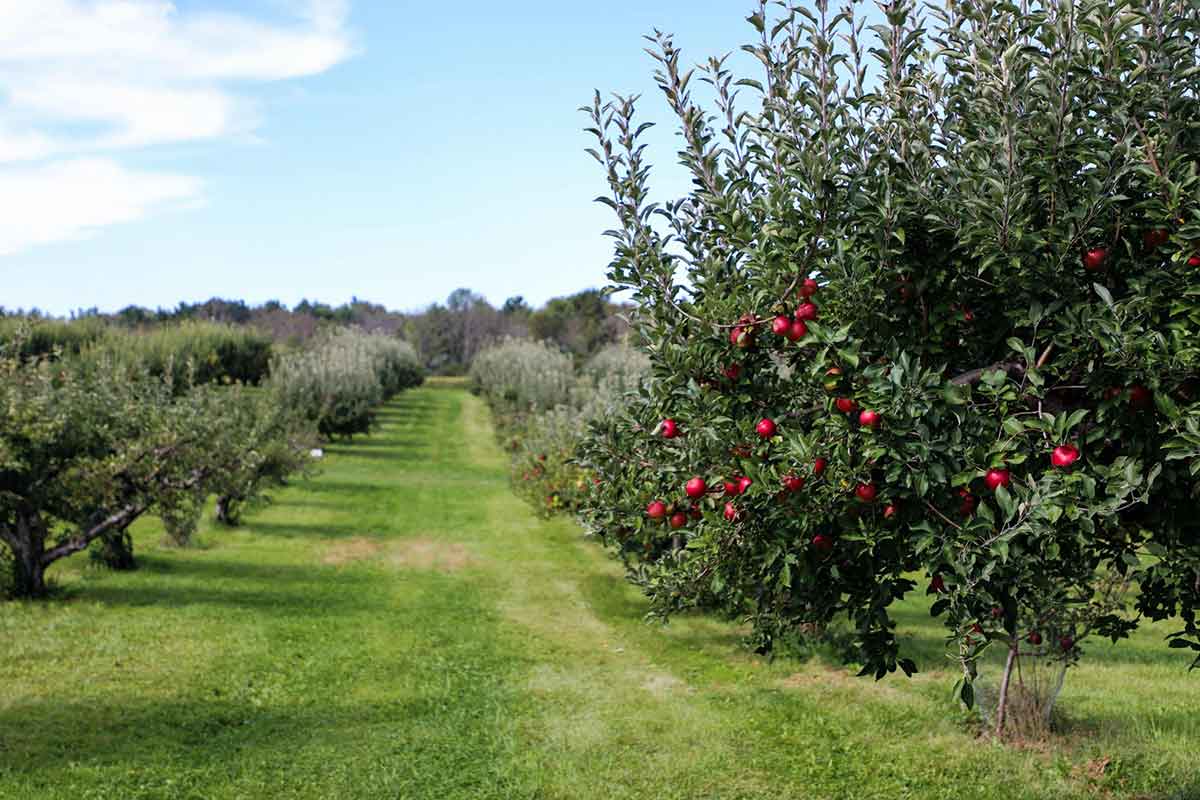Fungi are one of the most varied forms of life on the planet. You’ll probably spot them most commonly in your woodland areas or even popping up in your pastures. The Woodland Trust give lots of advice on identification on their website.
With their ability to thrive in the dark or light and wide variety of types, there are too many fascinating fungi or mushrooms to count so below are just a few.
Remember, fungi can be deadly poisonous – don’t use this blog to identify them for culinary use. Always check with an expert before consuming any wild plants or fungi!

Colour Me Amazed
- The Scarlet Elfcup lives up to its name, with stunning red cup-shaped flesh, retaining its meaty texture and flavour after cooking.
- Another aptly named fungus is the Orange Peel Fungus, appearing just like a dropped pile of orange peel, though minus the orangey flavour!
- The flavour and texture of the Chicken of the Woods gives this fungus its name. Although paler than its poisonous relatives, it still has a beautiful yellow colour.
- Though only green when bruised, and with the appearance of mould, the Saffron Milkcap is still prized across Europe for its fantastic taste.
- Mushrooms which are blue on the outside are all poisonous in this country, so should be avoided. However, the Scarletina Bolete turns a vibrant blue when cut, and is very edible.
- The Indigo Milkcap has a delicate indigo colour, but is large enough to be a meal on its own!
- The Amethyst Deceiver may have a suspicious name, but a stunning violet flesh, which can add colour to any dish.
- The Horn of Plenty is better described by its American name, the Black Trumpet. Despite its mournful colour, this fungus has a rich, smoky flavour, and no chance of being misidentified as a poisonous mushroom.

For Medicinal Purposes
- The Wood Ear fungus has shown some evidence of strengthening the immune system, as well as having high antimicrobial activity. It doesn’t have much of a taste but will absorb the flavour of the dish.
- Turkey Tail fungus looks like its namesake, but has a lot of benefits. It can be used as an impressive immune-booster in humans and animals.
- The Lion’s Mane fungus has a strange tassel-like appearance, but is great for protecting the brain, heart, digestive system, immune system, and preventing inflammation. Fortunately, it tastes like crab or lobster so no one has to force themselves to take this medicine! Unfortunately, it is illegal to harvest wild growths in the UK, as it is endangered but you can grow your own.
- The Scarlett Caterpillar has a freaky lifecycle which begins by infecting insect pupae, but can greatly improve fatigue, respiratory problems and the immune system in people and pets. However, it is easier to find as a supplement.
- The Veiled Lady fungus has an elegant skirt but a hideous smell of rotten meat when raw. However, when dried and cooked the flesh has a great sweet-savoury flavour and can reduce both acid and cholesterol in the body.








